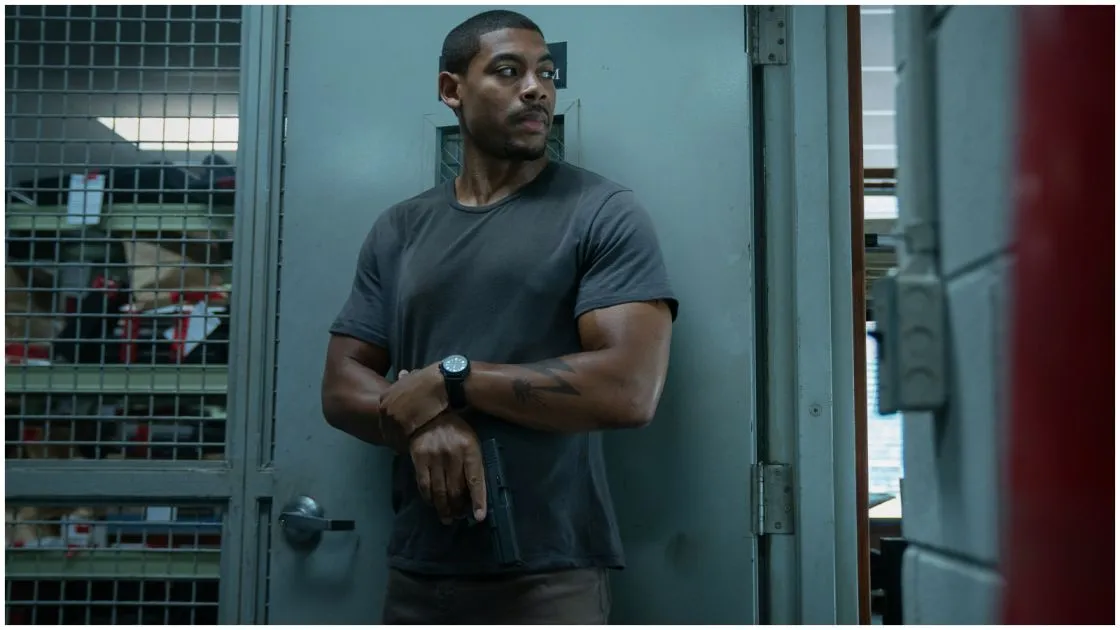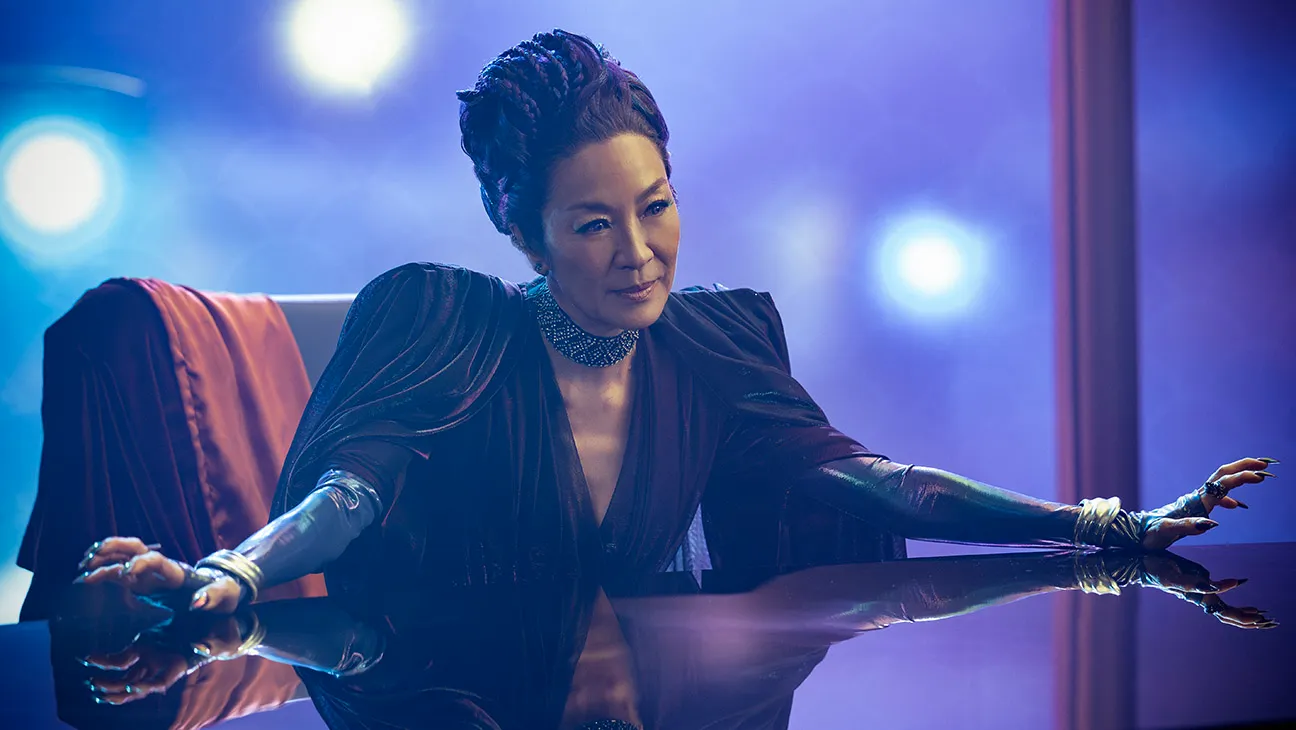Les 400 coups (1959):
Much of this film is autobiographical, introducing viewers to François Truffaut. A notable New Wave film, Les 400 coups (The 400 Blows), tells the story of the exploits of Antoine Doinel (Jean-Pierre Léaud), a young child misunderstood and abandoned by adults. Truffaut chose for greater realism by leaving the studio and filming the little child in actual locations because he thought other movies from the era were too visually scholarly and detached from reality. The film was well-received at the 1959 Cannes Film Festival and won Truffaut a medal for directing.
Cléo de 5 à 7 (1962):
In her second feature film, Agnès Varda follows Cleo (Corinne Marchand) as she travels around Paris in real time while she awaits her much-awaited medical test results. The filmmaker captures the fairly taboo subjects of disease and war in a realistic manner, contributing to the historic status of Cléo de 5 à 7 (Cléo from 5 to 7).
Les Tontons flingueurs (1963):

Since its release, reviews for this Georges Lautner-directed spoof of 1950s gangsters have been mixed. While some criticize Les Tontons flingueurs (Crooks in Clover) for having a weak plot and a nonsensical writing, others view it as a clever thriller packed with humour. Regardless of one's stance, it is impossible to ignore the very talented ensemble (including Lino Ventura, Bernard Blier, Francis Blanche, Claude Rich, and Jean Lefebvre) or the script, which is frequently cited and penned by Michel Audiard and Georges Lautner.
Pierrot le Fou (1965):
Jean-Luc Godard has an amazing filmography, but if you had to pick just one, Pierrot le Fou would be the best choice. This road trip movie is a genuine mash-up of genres, blending aspects of art house and comic books with gangster film and musical. Pierrot le Fou is proof of the legendary director's unique style and distinctive cinematic voice. The film chronicles the travels of Marianne (Anna Karina) and Ferdinand (Jean-Paul Belmondo). In the year of its debut, over a million tickets were sold for this wildly popular movie.
La Grande Vadrouille (1966):
It didn't take La Grande Vadrouille long to become a cultural icon. When it was first released, a record 17 million tickets were sold, a record that remained until Titanic debuted in theaters in 1997. Gérard Oury was, in reality, an expert in this kind of movie. Le corniaud (The Sucker), La folie des grandeurs (Delusions of Grandeur), and Les adventures de Rabbi Jacob (The Mad Adventures of Rabbi Jacob) are a few more examples from his career. In 1966, the Second World War remained a touchy subject. Despite this, the director was able to mock it with burlesque sequences and ridiculous remarks from Bourvil and Louis de Funès.
Playtime (1967):

Playtime displays the pinnacle of Jacques Tati's brilliance, together with the Oscar-winning Mon oncle and Vacances de monsieur Hulot (Monsieur Hulot's Holiday). The director, a visionary perfectionist, even put his health in danger to create the film's opulent sets, which were intended to depict an ultramodern Paris while criticizing automation and excessive spending. Playtime was a commercial failure even with an enormous, for the time, 15-million-euro budget.
Les Demoiselles de Rochefort (1967):
This Jacques Demy masterwork, which features the music of three-time Oscar winner Michel Legrand, doesn't require you to enjoy musicals. The Gemini twins, Delphine and Solange (played by sisters Catherine Deneuve and Françoise Dorléac) in Les Demoiselles de Rochefort (The Young Girls of Rochefort), will make you smile. This movie is a "bewitching blend of Hollywood musical and French New Wave [that] still succeeds in sweeping you off your feet," according to Empire.
Léon (1994):
Although Léon did not garner much critical acclaim, it was well accepted by the people when it was released, receiving an 8.6 out of 10 rating on IMDb. Many edits have been made to Luc Besson's picture, which has been criticized for its sensual sequences and the murky relationship between the "cleaner" (Jean Reno) and his young recruit Mathilda (Natalie Portman). The director's cut contains the original version. In any case, don't miss Natalie Portman's big-screen debut alongside the legendary Gary Oldman and the superb Jean Reno.
La Haine (1995):
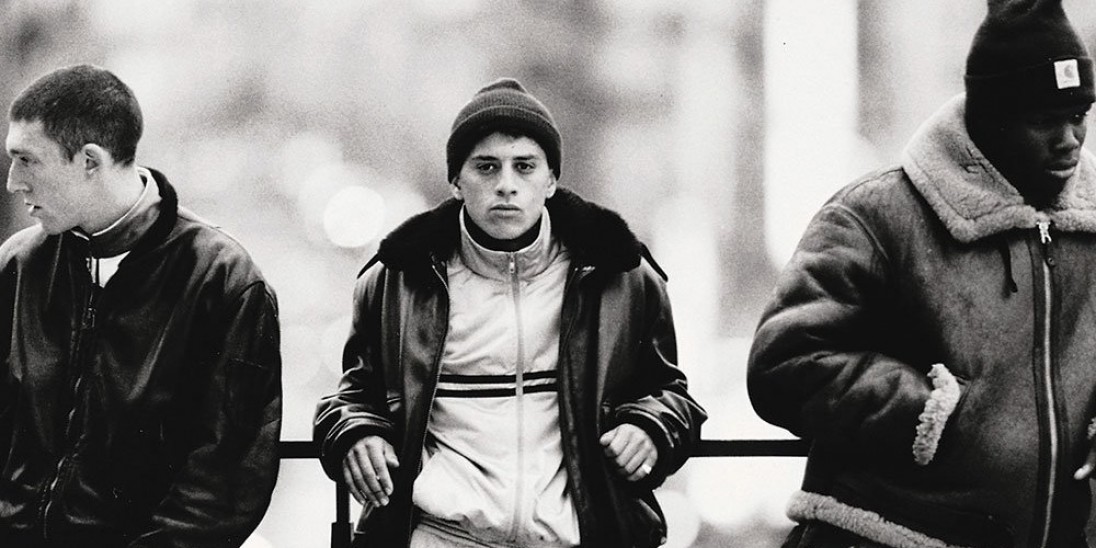
"All is well so far; what matters is how you land, not how you fell." The second feature film by Mathieu Kassovitz, which was inspired by the tragic death of a 17-year-old teenager as a result of a police error, is set to this now-iconic line. La Haine is a black-and-white film that follows the lives of three young people from a housing project for a day: Hubert Koundé (black), Vincent Cassel (white), and Saïd Taghmaoui (Arabic). The way this sociological picture attacked the concept of institutional racism was groundbreaking.

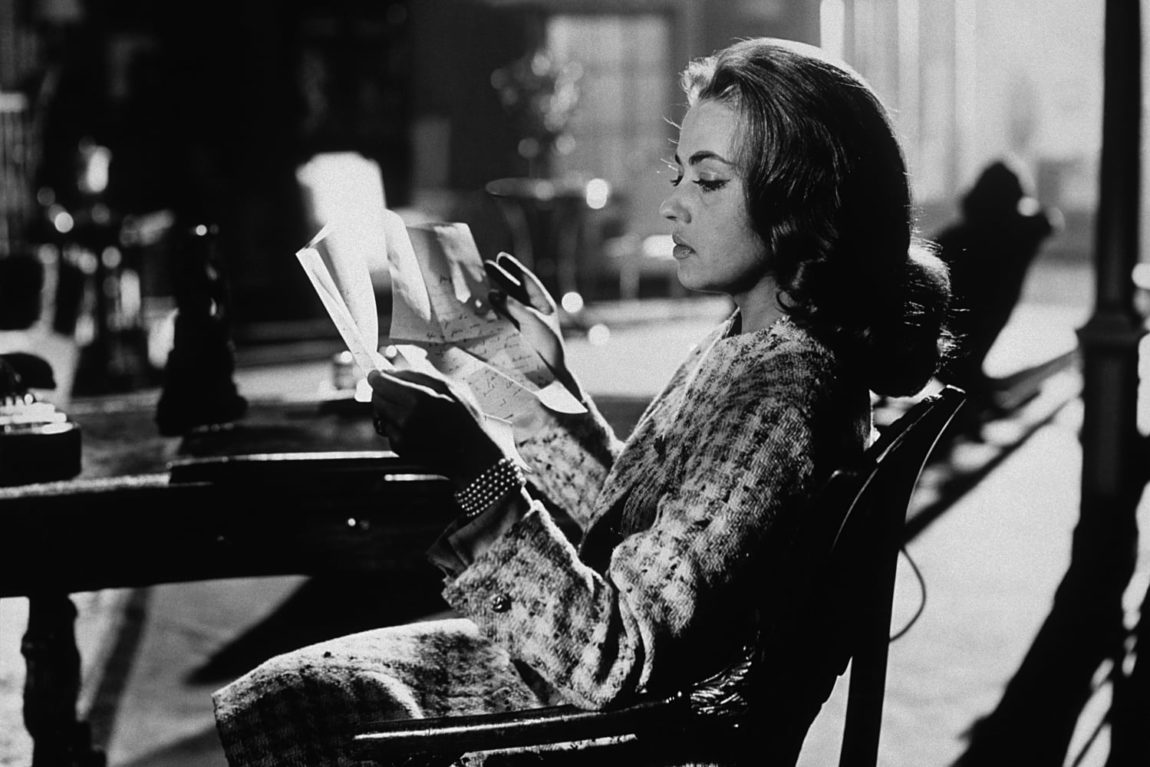
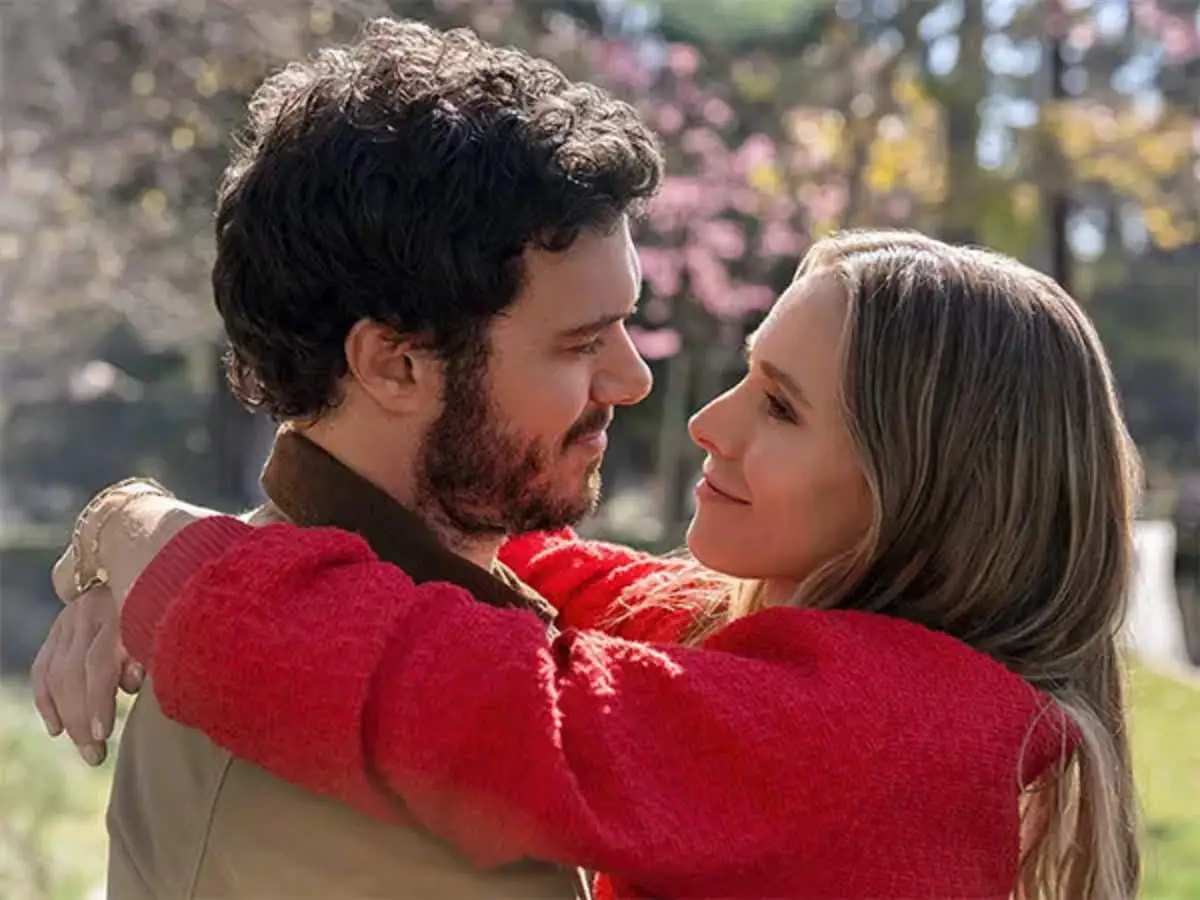
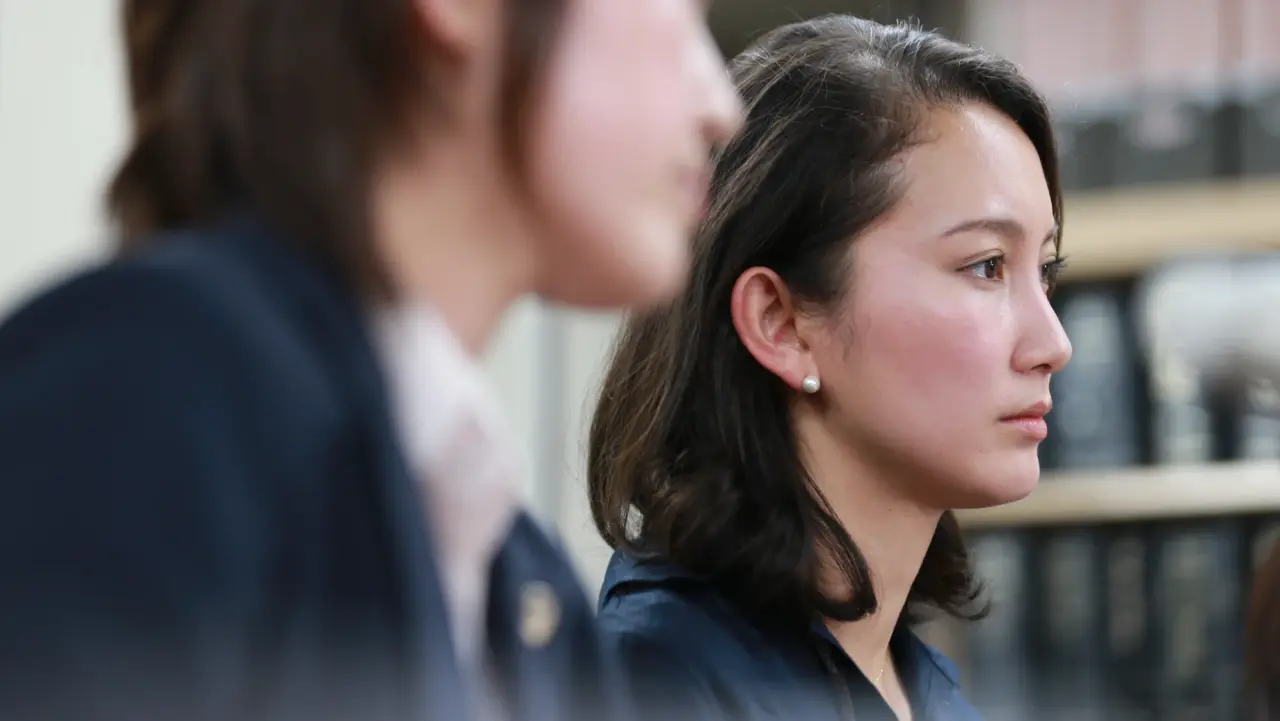
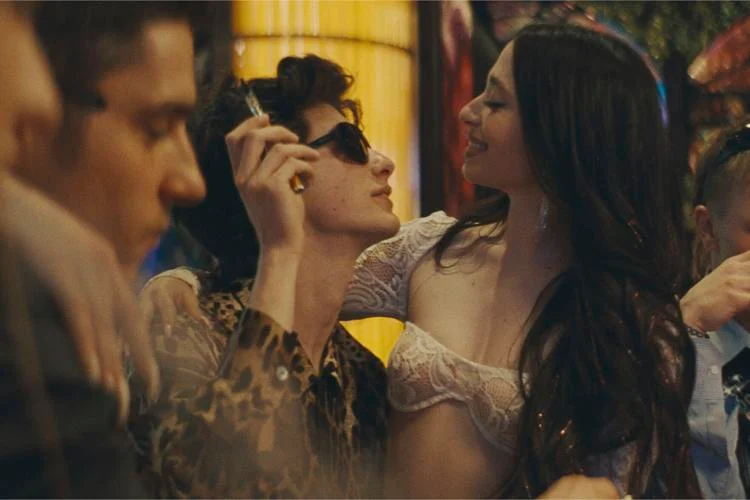

.webp)

.jpg)
